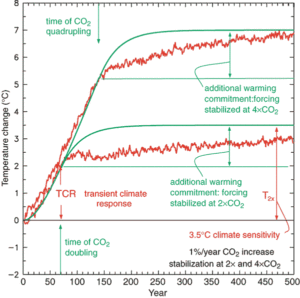Global temperatures have been holding nearly steady for almost two decades according to satellites from the Remote Sensing Systems (RSS) and University of Alabama at Huntsville (UAH).6You will never see that in the mass media.
2018 is the 3rd year in a row of cooling global temperatures – So far 2018 was the third year in a row that the globe has cooled off from its El Nino peak set in 2015.
Norwegian Professor Ole Humlum explained in his 2018 “State of the Climate Report”: “After the warm year of 2016, temperatures last year (in 2018) continued to fall back to levels of the so-called warming ‘pause’ of 2000-2015. There is no sign of any acceleration in global temperature, hurricanes or sea-level rise. These empirical observations show no sign of acceleration whatsoever.”
While 2005, 2010, 2015, and 2016 were declared the “hottest years” or “near -hottest,” based on heavily altered surface data by global warming proponents, a closer examination revealed the claims were “based on year-to-year temperature data that differs by only a few HUNDREDTHS of a degree to tenths of a degree Fahrenheit – differences that were within the margin of error in the data.” 7
MIT climate scientist Dr. Richard Lindzen ridiculed “hottest year” claims. “The uncertainty here is tenths of a degree. It’s just nonsense. This is a very tiny change period,” Lindzen said. “If you can adjust temperatures to 2/10ths of a degree, it means it wasn’t certain to 2/10ths of a degree.”
In 2015, the Associated Press was forced to issue a “clarification” on “hottest year” claims, stating in part: “The story also reported that 2014 was the hottest year on record, according to the National Oceanic and Atmospheric Administration and NASA, but did not include the caveat that other recent years had average temperatures that were almost as high – and they all fall within a margin of error that lessens the certainty that any one of the years was the hottest.”
Climatologist Pat Michaels explained that, in any case, the world’s temperature “should be near the top of the record given the record only begins in the late 19th century when the surface temperature was still reverberating from the Little Ice Age.”
“Hottest year” claims are purely political statements designed to persuade the public that the government needs to take action on man-made climate change. In addition, the claims of “hottest year” are based on surface data only dating back to the late 19th century, and also ignore the temperature revisions made by NASA and NOAA that have enhanced the warming trend by retroactively cooling the past. 8
6 The Pause Lives on: Global Satellites: 2016 not Statistically Warmer than 1998 – Climatologist Dr. Roy Spencer – January 4, 2017
7 Dr. David Whitehouse noted the ‘temperature pause never went away’ – January 19, 2017
8 Climate analyst Tony Heller – Real Climate Science – February 14, 2017






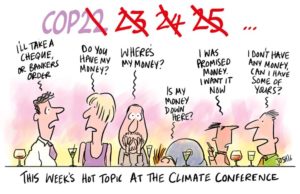


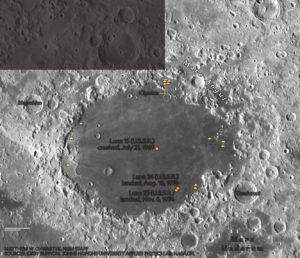
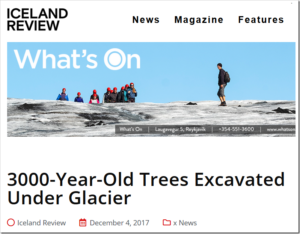

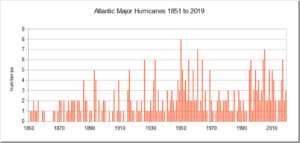
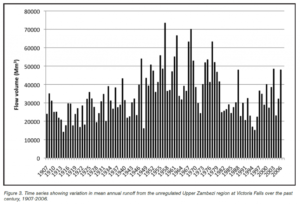
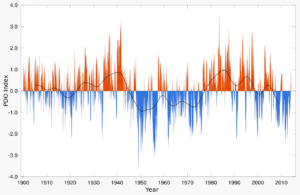
 Figure 1. Jevrejeva et al., 2014 (red) and Church & White, 2011 (green).
Figure 1. Jevrejeva et al., 2014 (red) and Church & White, 2011 (green).